The Master On Keys – Lucila Pacheco
- Kunal Desai | desaikunald@gmail.com
“A girl should be two things: Who and what she wants.” Said, Coco Chanel. Perhaps the very basic need of any human is its identity and for a woman in a field dominated by men is nothing but her identity. Film Music is also one such domain wherein conventionally, most men have worked as musicians. Though there were many playback singers right from Amirbai Karnataki, Shamshad Begum, and Lata Mangeshkar to Alka Yagnik and Shreya Ghoshal and composers like Saraswati Devi and Usha Khanna, musicians seldom had lady comrades sharing recording studio space with them. In this galaxy of musicians, there had been a master on keys whose work does need a mention today. She was Lucila Pacheco.
Even though we are fascinated by our films and their charisma over generations, we have missed chronicling the works of musicians who contributed to the making of legendary compositions. Tales and trivia have been passed on the mouth to mouth about them in bits and pieces and in that process, these two names have totally been forgotten. So, this is an attempt to scratch the surface of time and discover the stories about these two ladies who played their instruments in those songs which are immortal today.
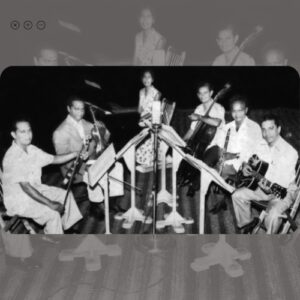 By the late ’40s when the world was recovering from the fatigue and farce of the Second World War, a young couple landed on the docks of Bombay from Ceylon. They both were musicians and had a rich legacy behind their names. George Pacheco was a Saxophonist and his wife Lucila was Pianist as well as Saxophonist. Both had come to Bombay to try their luck on the rising scene of Jazz Music. Lucila passed the exams of Trinity College and Royal School of Music, London as a Pianist and began working as an accompanying musician in Metro Theatre and as a Piano demonstrator in L. M. Furtado & Co. music stores. She also started giving Piano lessons.
By the late ’40s when the world was recovering from the fatigue and farce of the Second World War, a young couple landed on the docks of Bombay from Ceylon. They both were musicians and had a rich legacy behind their names. George Pacheco was a Saxophonist and his wife Lucila was Pianist as well as Saxophonist. Both had come to Bombay to try their luck on the rising scene of Jazz Music. Lucila passed the exams of Trinity College and Royal School of Music, London as a Pianist and began working as an accompanying musician in Metro Theatre and as a Piano demonstrator in L. M. Furtado & Co. music stores. She also started giving Piano lessons.
Soon the time came when she was invited to be part of Mickey Correa’s band which was a brooding ground for swing musicians. She played under the leadership of Ken Mac and Chic Chocolate. Both of them were the top-dollar jazz musicians of their time. By the end of the ’40s, Lucila was a regular at Bombay Film Studios for recording under arranger Anthony Gonsalves.
It’s only a matter of imagination how could be her experience of working with a men’s orchestra but one factor could have been in her favour. Over almost three decades, from the ’20s to ’60s, Jazz Music in hotels and clubs and eventually Film Music was dominated by Goan musicians. Lucilla, also being Goan by her paternal lineage, would have the camaraderie of her fellow musicians. Although she was a regular Pianist, for the first time in Hindi Film Music, she played the electronic keyboard Solovox. We can listen to the piece played by her on Solovox in two songs distinctly.
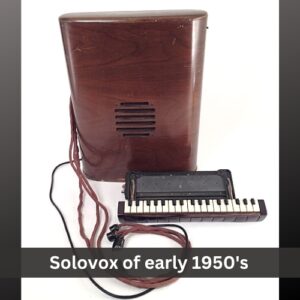 Sham E Gham Ki Kasam – Footpath (1953) Singer – Talat Mehmood; Lyricist – Ali Sardar Jafri, Music – Khayyam. The first 17 seconds of intro music or prelude of this song has music played on Solovox by Lucila Pacheco.
Sham E Gham Ki Kasam – Footpath (1953) Singer – Talat Mehmood; Lyricist – Ali Sardar Jafri, Music – Khayyam. The first 17 seconds of intro music or prelude of this song has music played on Solovox by Lucila Pacheco.
Pyar Kiya Toh Darna Kya – Mughal E Aazam (1960) Singers – Lata Mangeshkar and Chorus; Lyrics – Shaqeel Badayuni; Music – Naushad
It’s very heartening to notice how only two seconds music piece can also be so important in the song. Precisely at the 0.42nd second just before Lata Mangeshkar begins singing those immortal lines Pyar Kiya Toh Darna Kya… Lucila Pacheco played that music piece on her Solovox. It’s ingrained in the song like a jewel in the crown.
She also played for the first ever fusion album of Indian and Jazz music Raaga Jazz Style (1968)composed by composer duo Shankar Jaikishan. This was the first album that had the names of all the musicians on its LP Cover. Lucila Pacheco’s name is also mentioned as Pianist. She spent her later years in her Bandra Hill Road residence giving Piano lessons and quietly passed on in 1989.
Really a matter of respect and pride for how she had worked in a male-dominated industry five to six decades ago. Her contribution and skills paved the way for other aspiring female artists.
(Bibliographic References – “A Woman in Man’s World” by Naresh Fernandes, tajmahalfoxtrot.com)



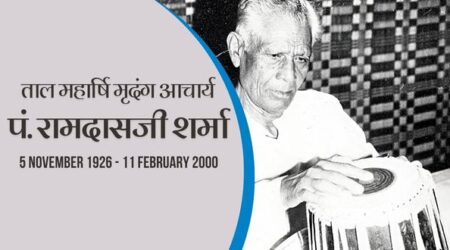
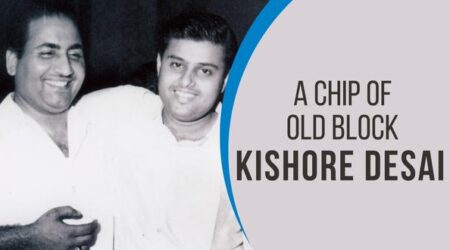
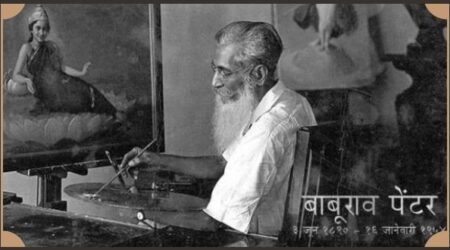
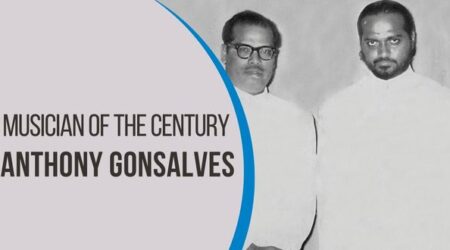
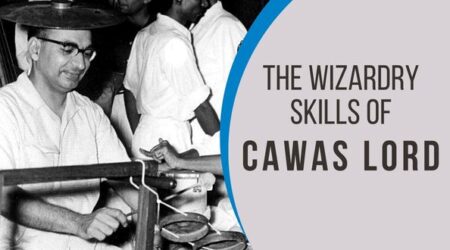
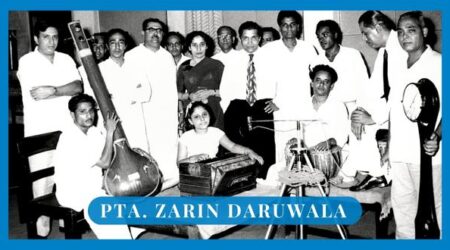

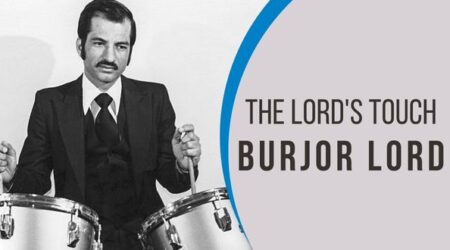
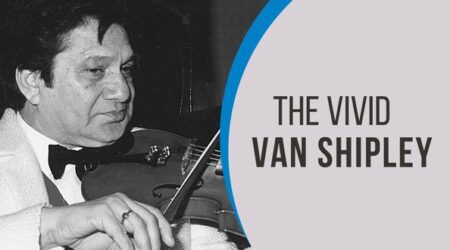
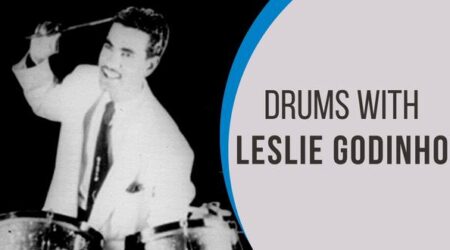

Comment (1)
Very very nice and informative and interesting article.salute and respect to the lady… A great artist..
Salute to your passion to listen and understand music in depth.